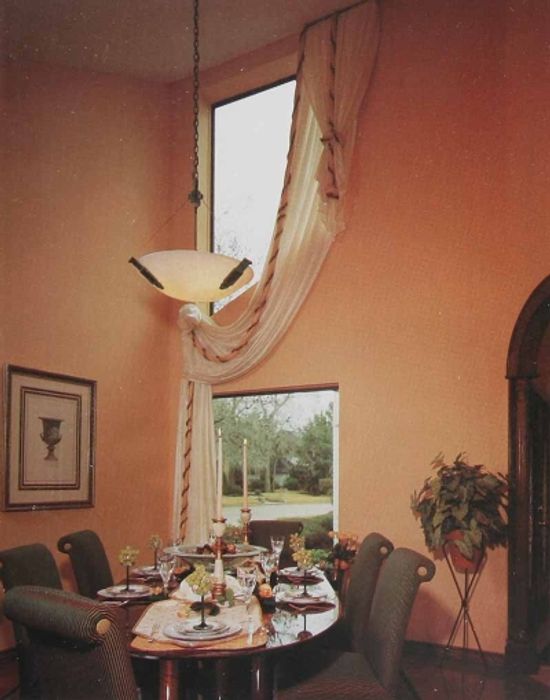DIY Projects
You've got this! Basic DIY takes you step-by-step through projects you can do on your own in almost no time at all. No engineering degree required.

Owning an Old House: Charming Love Affair or Expensive Money Pit?
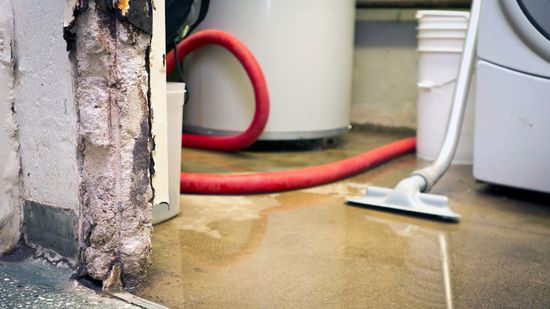
How to Waterproof Your Basement

10 Home Repairs That Can Seriously Break the Bank

How soon can you use a floor after putting adhesive on a vinyl tile?
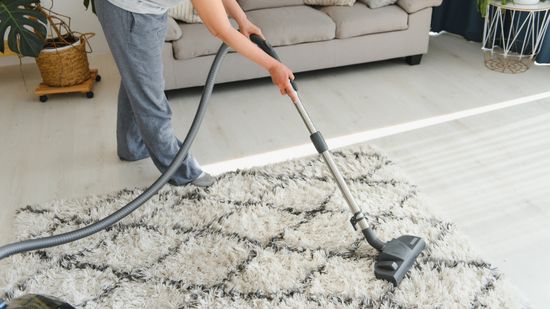
How do you use carpet tacks?

How to Choose a Carpet Color

Does One Dripping Faucet Really Prevent Frozen Pipes?
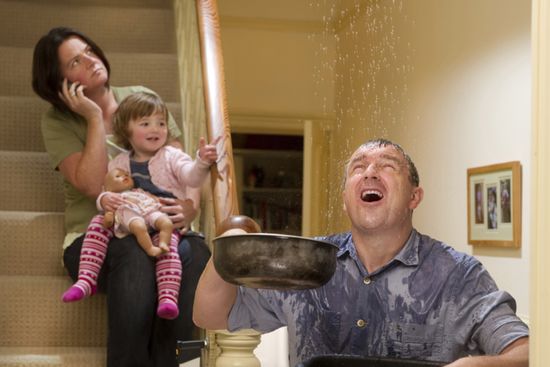
What causes pipes to burst when they freeze?
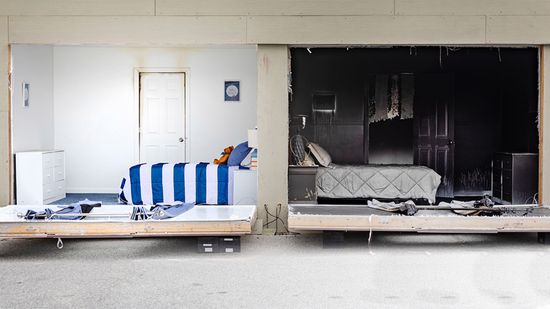
Closing Your Bedroom Door at Night Could Save Your Life

How to Prepare for a Hurricane

Do Porch Lights Really Stop Burglars?

Why Electric Fireplaces Are Hot

Should You Turn Your Heat Down When You're Not Home?

Top 7 Ways to Improve the Energy Efficiency of Your Garage
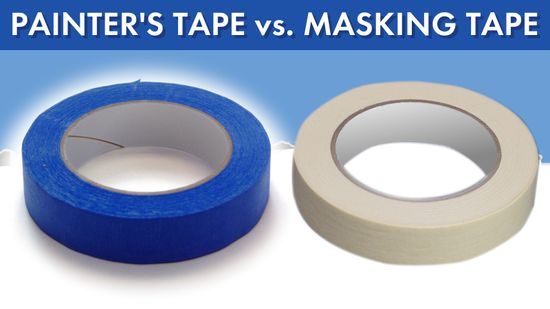
Painter's Tape vs. Masking Tape: What's the Difference?

Can I Use Interior Paint for Exterior Surfaces?
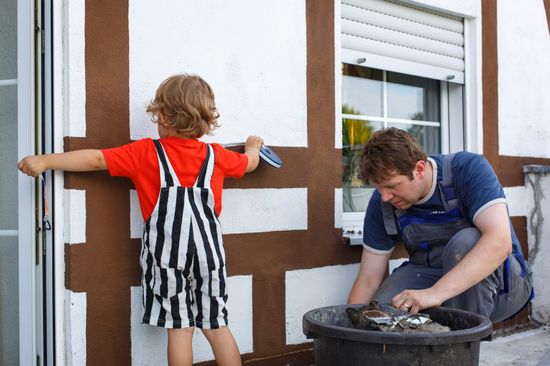
10 Tricks for Painting Your Home's Exterior

Not Your Grandmother's Wallpaper: The Return of Wallpaper
